“Yaa HOE Ya HOE!” The last “Hoe” really rang and echoed through the wide open old-growth and open understoried forests of the Northern Appalachians. It carried and wound its way through rhododendron-filled bottoms and over mountain laurel cloaked hillsides, both intoxicatingly fragrant with a riot of spring blooms in pink and white.
It was only when the tiny tree frog known as the spring peeper (Hyla crucifer ssp crucifer—so named for the distinguishing cross emblazoned across its smooth greenish-brown back) “peeped” deafeningly in the wet marshes that we couldn’t hear the reverberating yodeling call. The tiny amphibian combined voices of thousands of frogs resounding in a mating frenzy that sounded exactly like sleigh-bells on several teams of trotting horses. In the wild imagination of a boy, they were the unseen ghosts of the woods, perhaps being driven by New England teamsters gathering maple syrup in the springtime forests hundreds of years in the past.
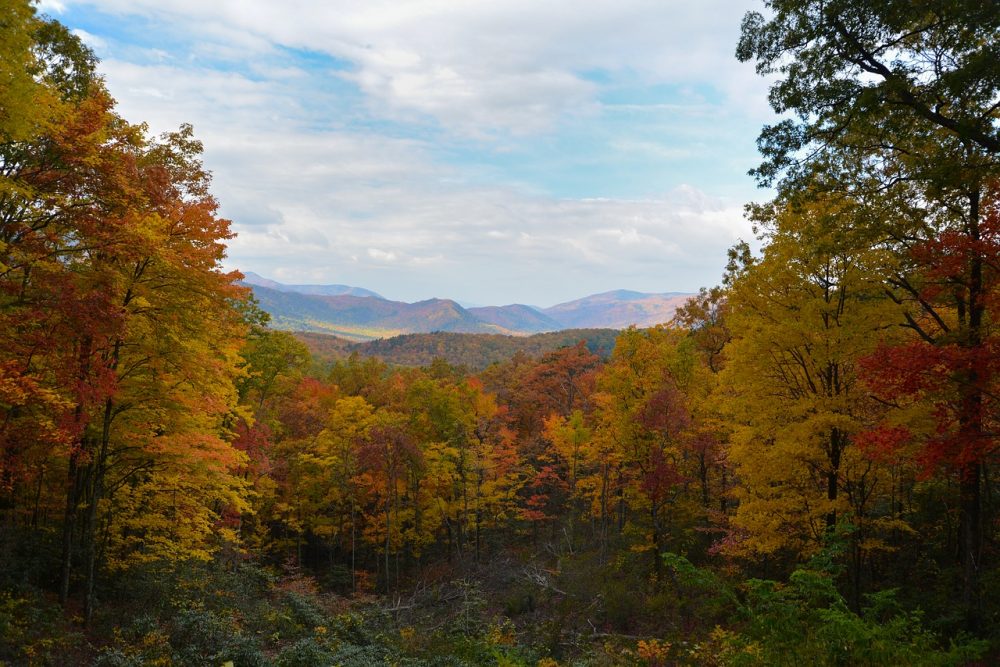
The musical and booming voice echoing through the trees was one of a family friend: Uncle Nick. The “yaa HOE” was his signature call to discern our whereabouts; being boys eager to explore, we tended to scatter into the shadowy forest ahead of him. When we heard the call, though, we had to call back. At just 5 years of age, I was the youngest of 4 young boys at the time, and even into his 70s, he stalwartly led us kids on forays into the wilds of the Northeastern hardwood forests. He was not an uncle in the true sense of the word. But even before I came along, he befriended my immigrant parents (who still spoke with thick Frisian accents) and offered a sort of mentorship on the American way of doing things.
My parents were still learning. And Uncle Nick and his 50-year hiking companion and bride, Aunt Mae, showed them the ropes. Nick was a printer by trade, well versed in the art of typesetting using leaden plates long the standard before our current digital age. Mae was an expert baker, and in her parents’ bakery she served Dutch-American pastries to a hungry and burgeoning post-war America.
Though they were teetotalers, they shared a secret brandy that few understood. It was from a store held deep within the cellar of their hearts—their being. I’m not sure where it originates. But I’m familiar with it now after being infected with it myself. My Dad called it wanderlust. Though Nick and Mae worked hard on their version of the American dream, building their own home on a small 20 acre farm on the edge of the cliffs of the ancient third Watchung lava flow, their souls would invariably itch nearly every year with an insatiable appetite for this thing called wanderlust.
And they would leave their work—their day jobs, so hard to come by in that day and age—often with words from their employer smarting their ears–filling the air as they headed out the door: “Hey—if you leave now, you ain’t gonna have your job when you come back! There’ll be nothing for you here, Nick!”
But they left anyway, first in the years of one of America’s greatest trials—The Great Depression. It was the 30s, but they had a small savings in the form of cash, and their car was a Model T Ford. It was a tough car, reparable with ubiquitous parts, and though slow, it reliably covered the country from the Eastern Seaboard to Wyoming. It was a time before interstate highways, or even, for the most part, paved roads. Yet after sleeping for weeks on the soil (and mud) of farm fields along the road with a canvas tent and makeshift camp kitchen, our intrepid explorers made Yellowstone National Park. The park was young at that time, and visitor services were virtually nil.
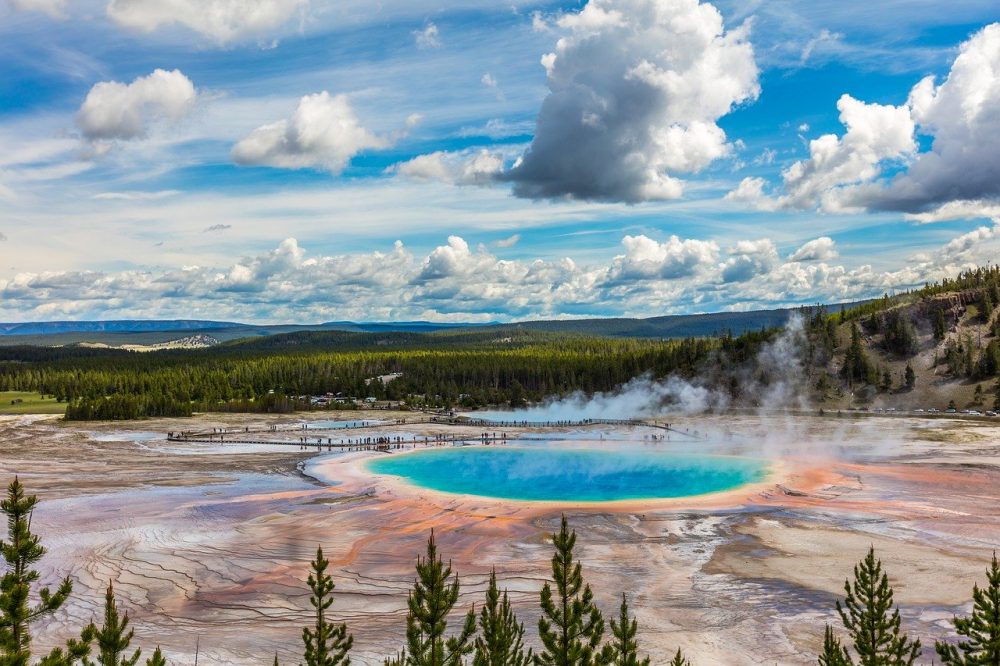
And yet, Nick and Mae found their way. And eventually they made it back home.
And their employer’s response when they returned? “I was wondering if you’d ever come back. Get back to work!”
After all, though workers were many, easily pulled from soup-lines, highly skilled technical workers were not. And Nick and Mae were just that.
And so this they did, again and again over their entire lives. And when my parents met them 20 years later, they, too, shared and began to partake of the secret brandy. As a boy I remember overhearing those hushed and nervous conversations about camping and traveling. My folks had no money. They had just graduated from dirt-dairy farming, and now they worked jobs to make ends meet. They had little equity. But they found a way to camp. It was inexpensive, and it was travel and exploring on a shoestring. We never even went out to eat. My mom cooked on a Coleman on the side of the road, or on a folding table in front of the tent camper. I remember the first time I stayed in a hotel; it wasn’t until I was 18.
Nevertheless, they too, became intoxicated with the same wanderlust. My Dad was an easy study. It was more like a re-infection for him. As a young Frisian-born son of a dairy farmer, he’d already escaped to see most of the world from the rolling decks of merchant ships. He had given up any chance of inheritance he had, sacrificing it all on the high seas.
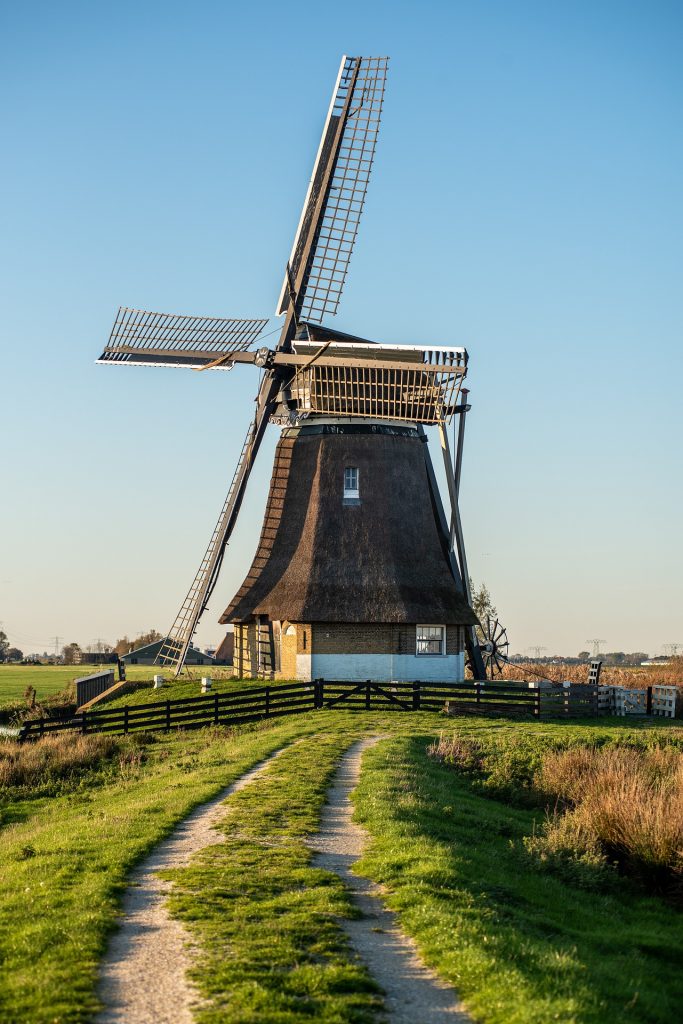
He wanted to see beyond the dikes and low country of the Netherlands. And when he married my Mom (she was just nineteen at the time) and asked her to go to America with him with just $64 and a suitcase to their name, she said yes.
And so, even as immigrants, once introduced to the possibility by Nick and Mae, both of my parents wanted to see what was over the next ridge. Of the likes of the Appalachians.
We spent many glorious spring, summer and fall days hiking those verdant eastern forests with weekender wanderlust. We camped with Nick and Mae teaching us, beneath simple canvas under a pre-pollution star studded sky, and in pouring rain. We fought mosquitoes and endured encounters with bears, racoons, foxes and porcupines pulling apart our gear.
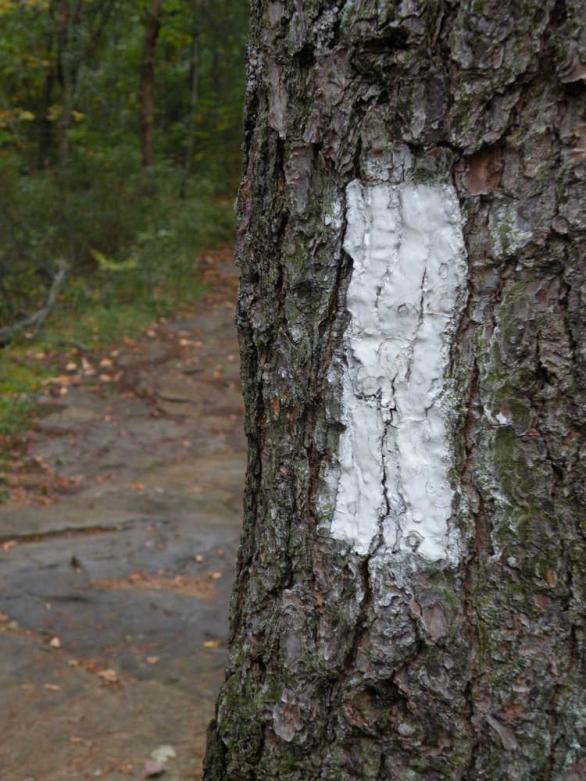
And we often were led by the vertical white stripe. It was and still is today usually about 6 to 8 inches long, and about 2 inches across. Applied with white paint, it was the signature of the Appalachian Trail, the 2,180 mile long footpath that commences on Springer Mountain, Georgia, and ends on Maine’s Mt Katahdin.
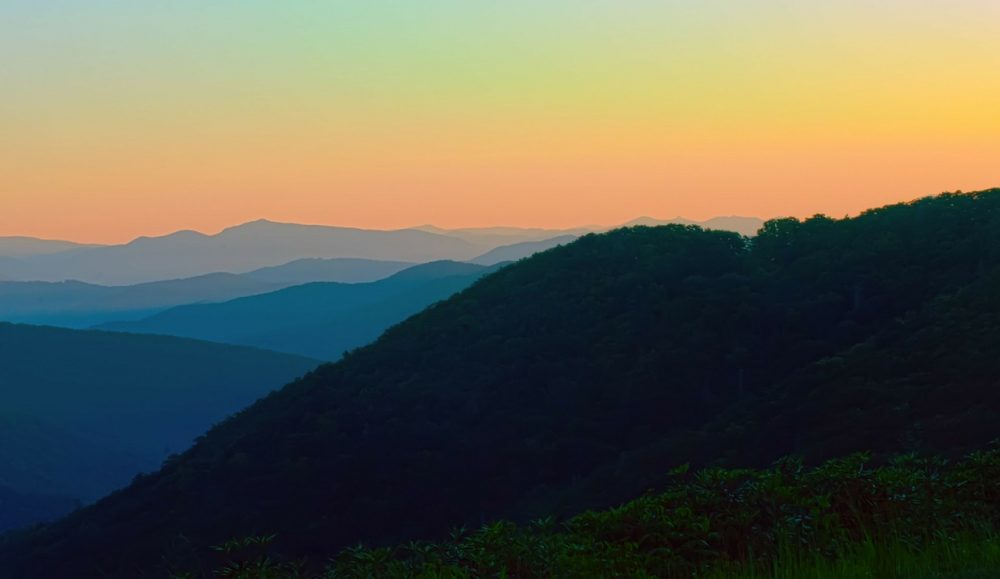
I’m telling you this, because you may have guessed that I, too, am infected with the dreaded virus of wanderlust. I still have it, and nurse my secret brandy on horseback, as I learn all the nuance of the wild country we live and work in. And in the winter, we as a family don alpine touring skis and head into the backcountry of these wild Rockies to see just what’s over that next ridge. It may be just deep untracked powder as we blow down steep mountain slopes in a joy akin to flying.
But it could be seeing a forest grouse erupt from the snow before us. Or cutting a wolf track, where a pack cut a deep trench, passing through in hopes of running into a wayward elk or deer. Or maybe, simply, it is what Nick and Mae mostly sought: the beauty, the quiet. The discovery of feeling like you are the only, the first intrepid human to pass this way.
And the peace and joy that comes from knowing that such places exist.
And so, now you know. We on Alderspring have a problem. Perhaps we need counseling. Don’t get me wrong—I so love people. But I also know that we all need to imbibe in the brandy of beauty and quiet. And each summer, as we herd our beeves up into the remote reaches of our rangeland, we partake of that. It’s why we keep going back.
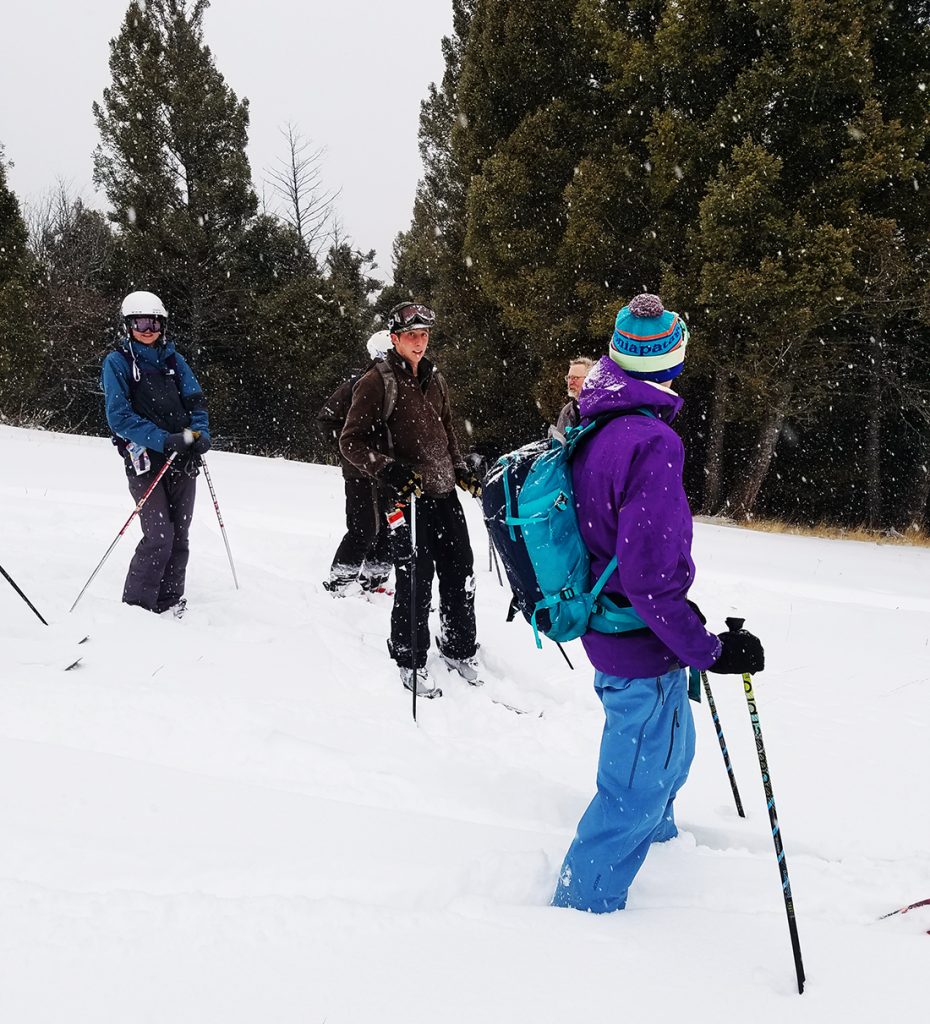
And we’ve found a gift along the way that enables us to share a piece of that same wanderlust to each of you. It’s the fruit of it, like that of wild-caught salmon off the coast of Alaska that those seafaring wanderlusting fishermen we know of. We too can imbibe the gift of wildness into each steak, each pound of ground beef we raise. Because we find that even our beeves have this gift, when we allow those ancient instincts of free-ranging on wild landscapes a chance to express.
And in 600 to 700 miles of wild mountain venturing each year, our beeves, our proteges—our partners, come to full expression. Of a sort of wanderlust in the animal kingdom.
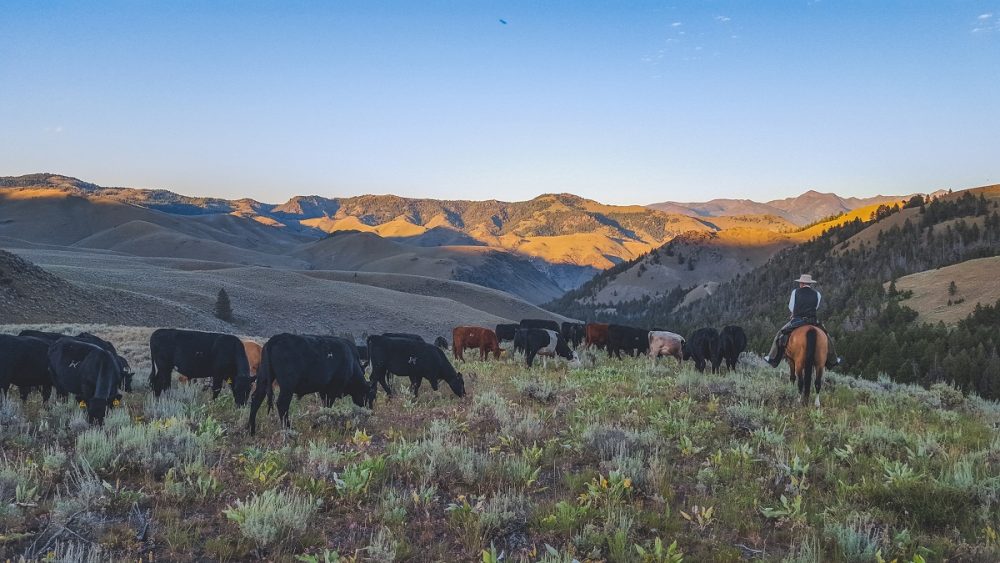
Happy Trails.
P.S. All of my kids are infected with the same eagerness for adventure. One, for example, “flew the coop” at eighteen to go to New Zealand, then again to France for four months last year. And by an odd twist of coincidence, her middle name just happens to be Mae.
OK. Probably not coincidence.



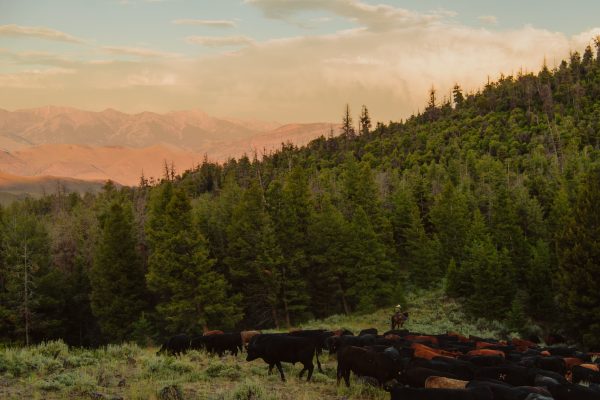
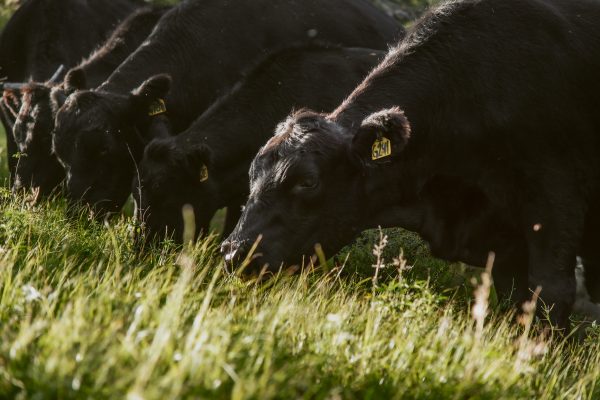
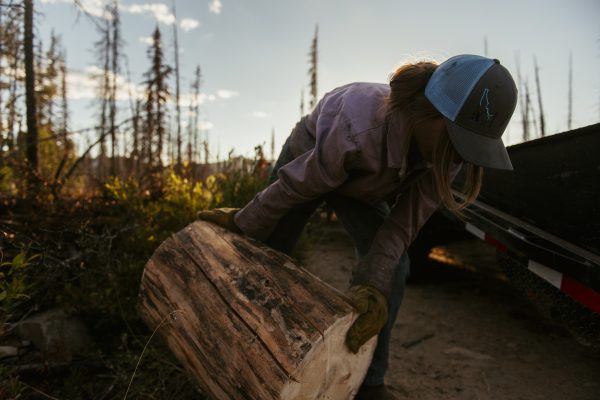
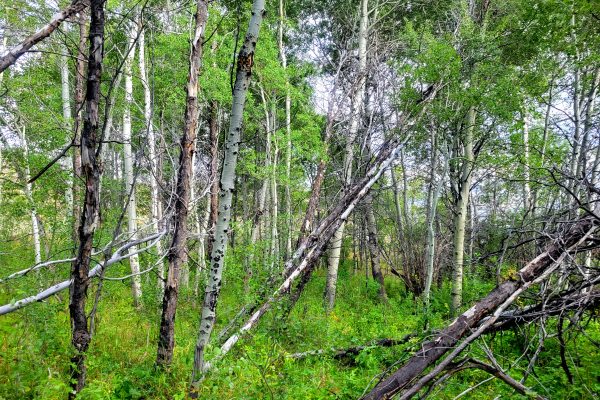
Leave a Reply